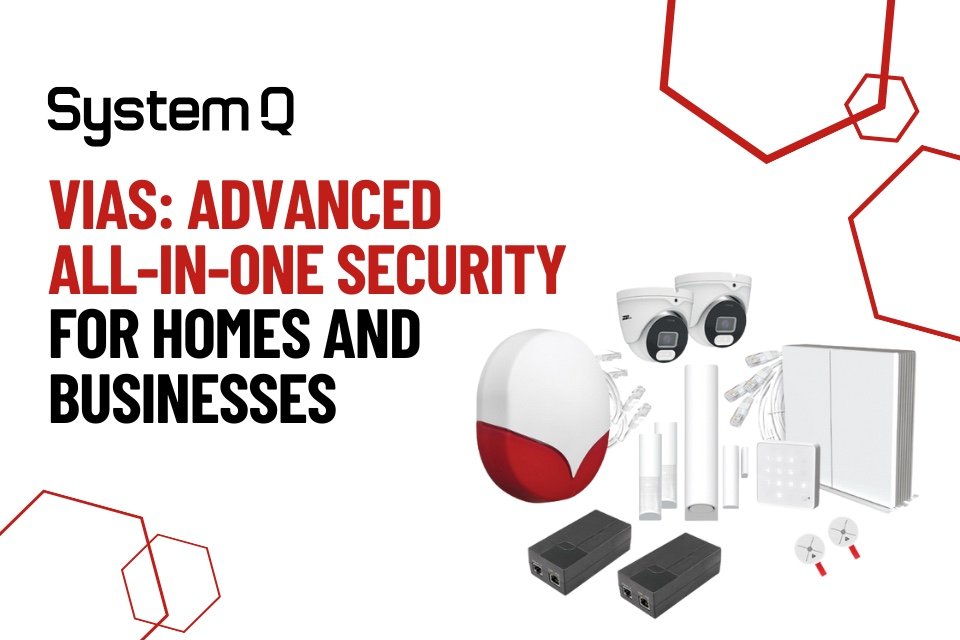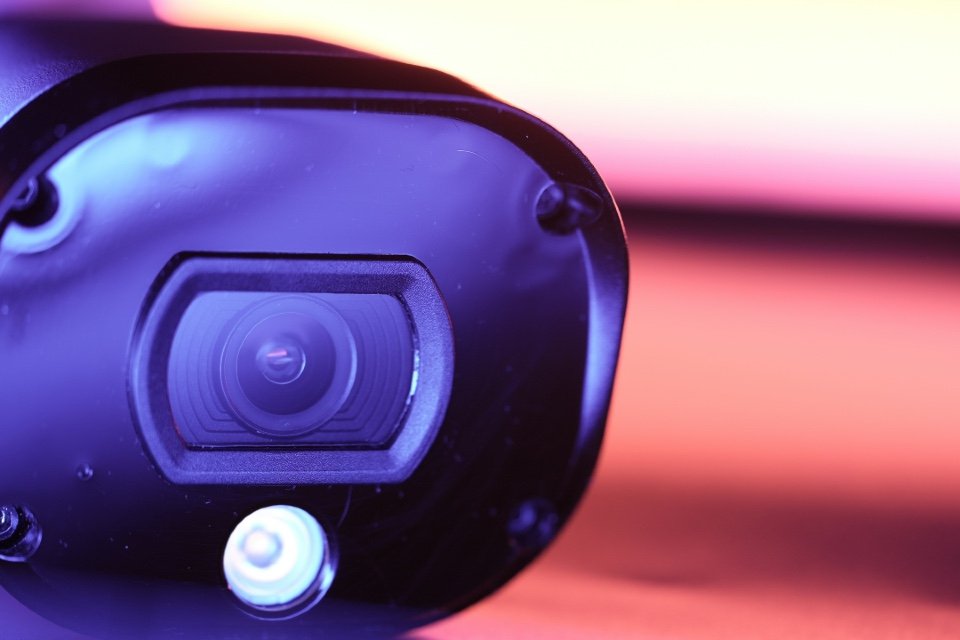Closed-Circuit Television (CCTV) has long been a cornerstone of commercial security. Over the past decade, however, the capabilities and functions of CCTV systems have evolved tremendously, driven by technological advancements and the changing needs of businesses. Let’s dive into the key developments that have shaped the world of commercial CCTV in the past ten years, as relayed by delegates and suppliers at the Total Security Summit…
- High-Definition Video Quality: Early CCTV systems often produced grainy and low-resolution footage, limiting their effectiveness. The last decade has seen a shift to HD and even 4K video quality. This has drastically improved the clarity of surveillance footage, allowing for better identification of individuals, license plates, and other critical details.
- Smart Analytics: The integration of artificial intelligence (AI) and machine learning has transformed passive CCTV cameras into proactive security tools. Modern systems can detect unusual movements, count people, recognise license plates, and even identify left-behind or removed objects. By alerting security personnel in real-time, these intelligent analytics enhance responsiveness to potential threats.
- Remote Monitoring: With the proliferation of cloud technology, CCTV footage can now be accessed and monitored remotely. Whether through dedicated applications or web portals, security managers can view live streams or archived footage from anywhere, ensuring constant surveillance and immediate response to incidents.
- Integration with Other Systems: Modern CCTV solutions often seamlessly integrate with other security systems, such as access control, alarm systems, and perimeter detection. This interconnectedness ensures a more comprehensive and cohesive security approach, where one system’s trigger can activate another – for instance, a breach in a perimeter might automatically redirect camera focus to the affected area.
- Enhanced Night Vision: Advancements in infrared technology and low-light cameras have significantly improved CCTV functionality in the dark. Today’s systems provide clear footage even in minimal light conditions, ensuring round-the-clock surveillance efficacy.
- Wireless Capabilities: While wired CCTV cameras still dominate many commercial settings, the rise of wireless cameras has added flexibility and reduced installation complexities. These cameras, often powered by batteries and connected via Wi-Fi, can be placed in locations where wiring might be challenging.
- Data Protection Features: With the growing emphasis on data protection regulations, such as the EU’s General Data Protection Regulation (GDPR), CCTV systems have incorporated features to ensure privacy. This includes data encryption, masking or blurring certain zones, and secure storage and transmission protocols.
- Cost-Effective Solutions: As technology has become more accessible and manufacturing processes more efficient, high-quality CCTV solutions are now more affordable for businesses of all sizes. This democratisation has expanded the adoption of advanced CCTV systems beyond large corporations to small and medium-sized enterprises.
The past decade has been pivotal for the world of commercial CCTV. No longer just passive recording devices, modern CCTV systems are dynamic, intelligent, and integral to a comprehensive security strategy. As technology continues to advance, one can only anticipate further innovations that will redefine the realm of commercial surveillance.
Are you researching CCTV solutions for your business? The Total Security Summit can help!





